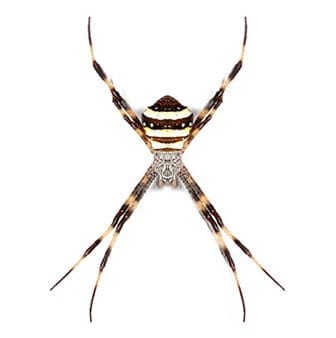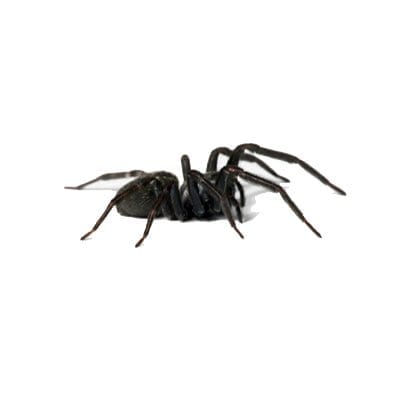
Spiders
Perhaps the worst thing about spiders is that they are much more prevalent than most people realise. They are all around us, all the time. Don’t be alarmed. Almost all are tiny and harmless. Sadly for spiders, when they are noticed, they’re usually killed shortly after. Even in gardens, where their role as the wolves and lions of the insect world – hunters who have a crucial role in keeping populations under control – is not understood.
However, there are times when spider infestations do occur. Moreover, Australia is unique in the developed world for having many spider species that, while rarely deadly, do have rather troublesome bites – especially the mouse spider, trapdoor spider, redback, whitetail and the various kinds of funnel web.
Spiders deserve respect, as most perform an essential pest-control function.
AUSTRALIAN SPIDER SPECIES
Red Back Spider
(Latrodectus hasseltii)

Black house spider
(Badumna insignis)

White Tailed Spider
(Lampona cylindrata)
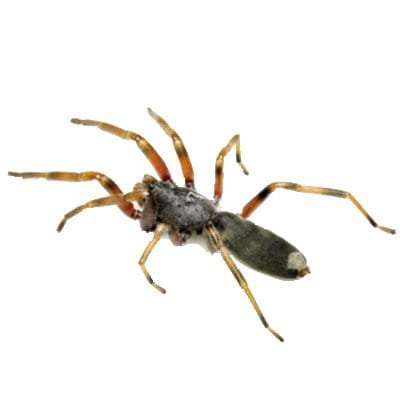
Daddy Long-legs
(Pholcus phalangioides)
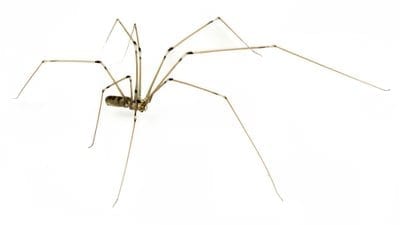
Huntsman Spider
(Sparassidae)

Wolf Spider
(Lycosidae)
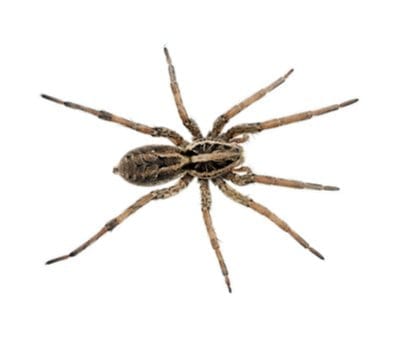
Garden Spider
(Argiope keyserlingi)
